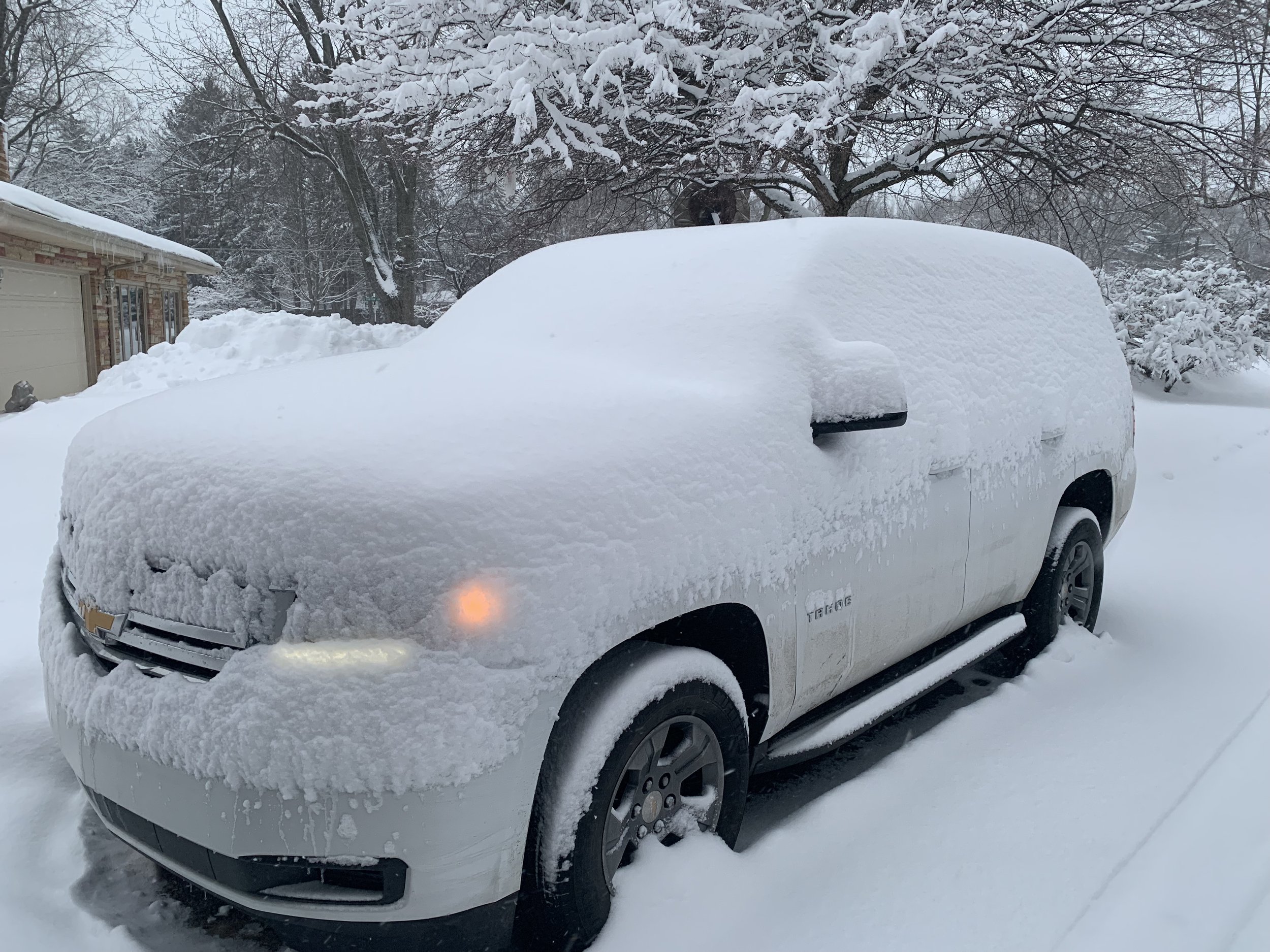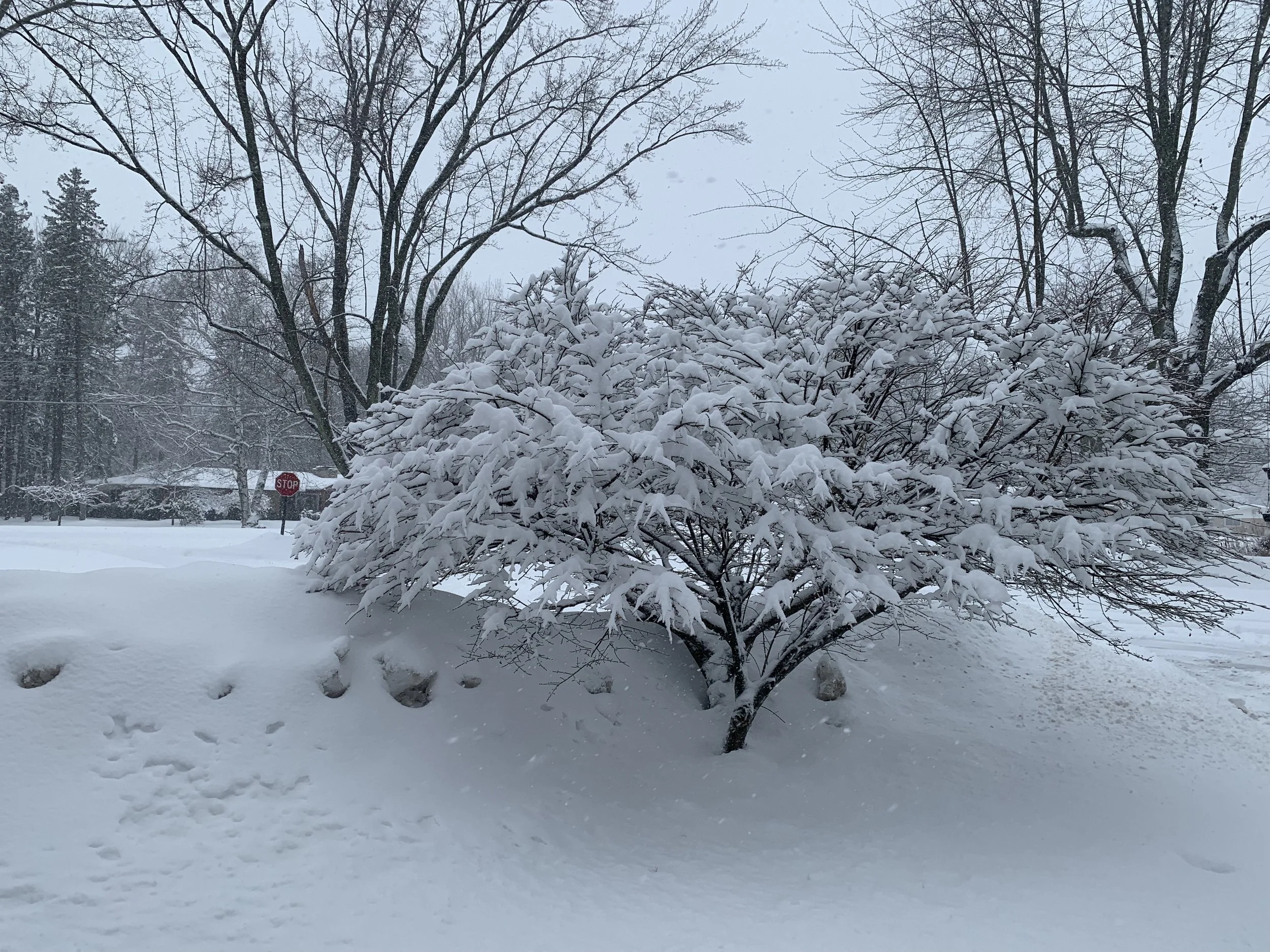Winter Safety Guide
Tips for surviving hospital life in the winter
I may earn a small commission on qualifying purchases.
If you didn’t know, I grew up in the northern part of Montana. Winters are freezing, the wind is biting, and sometimes it’s best to just stay indoors. Since I started my medical field career in the summertime, I wasn’t thinking about needing to go to work during a winter storm. Imagine my surprise when bad weather rolled in and unlike the schools in the area, my shift at the hospital wasn’t canceled.
Alabama winters were vastly different than the winters up north. The first time I experienced any kind of precipitation that stuck to the ground, my boss demanded all employees that had a shift the next day spend the night at the hospital to ensure there would be staff to take care of the patients. As you can probably guess, little old me, a born and bred Montana girl, laughed out loud when I heard this. Honestly, how hard could it be to drive a half mile down the road to my hospital when I was used to one to three feet of snow coming down at a time?
The amount of snow my hospital was concerned about. Taken from the balcony of my Montgomery apartment building.
The amount of snow I was used to dealing with. Taken the other day when we were having some lake effect Michigan snow.
If you are from a Northern climate and have decided to head south for the winter, it doesn’t mean you are exempt from dealing with winter weather. You may think “But Kat, I’m in a southern state that doesn’t get snow in the winter. Why do you think I need to worry about it?” Just because the state you’re in doesn’t typically get snow doesn’t mean it will never get snow. Case in point: Alabama in 2013.
For those of you who are travelers from a warmer climate and thought it would be fun to be able to go skiing on your off days, or if you are new to the medical field and want some guidance, here are my tips for dealing with snow.
Buy a high quality window scraper and heavy duty winter gloves
You may think you have the gear you need, but I’m here to tell you, when you have snow on your vehicle that’s a six inches deep, no amount of “I can just clear the snow off with my arm” is going to work. If you have a car, I always found that a metal bladed scraper like this will work wonders to cut through snow and ice. It may be a bit disconcerting to use a metal scraper for the first time, worried that you will scratch your windows, but that’s not the case. If your sweet ride is a larger vehicle like a pick-up or SUV, I recommend getting a scraper that also has a brush attachment like this to ensure you can reach the top of your vehicle.
I also recommend starting your car and letting it warm up while you are scraping all that snow and ice off. I typically start on the drivers side door so that by the time I get to the windshield, the ice is easy to remove.
As much as you may not want to, wake up extra early for your shift.
I know, I don’t want to be up this early either. However, it is very prudent to wake up extra early. You’d be surprised just how long it takes to brush off your car, get it warmed up, and get everything loaded up to get to work. It also takes a while to traverse a snowy road. What I mean to say is slow down and give yourself plenty of time so that you aren’t rushing to get to work on time. Here in Michigan, they salt the roads to keep them clear. If they do that in your state, make sure you wash your vehicle regularly so that the salt doesn’t eat through your undercarriage. I try to wash mine at least once a week.
Get a winter survival kit.
If your car won’t start or you go off the road and can’t get your vehicle out of the ditch, it’s good to be prepared with a winter survival kit. The kit that I keep in my vehicle contains water, granola bars (really any type of non-perishable, easy to eat food will work), extra hat and gloves, a shovel to dig my vehicle out, some sand or kitty litter, hand warmers (here is my favorite brand), an extra blanket, and jumper cables. This kit has a lot of the items you already need. Really, anything that you might need to spend a night out in your vehicle in super cold temperatures is helpful. I know you stopped and asked yourself “Kat, why do I need to keep kitty litter in my car? I don’t even have cats!” The sand and/or kitty litter is to put under your tires to help them gain traction if you get stuck in the ditch. When you are trying to look cute and have impractical footwear on, remember to bring an extra pair of boots and warm socks. I have actually had to dig my vehicle out of a snow bank in the middle of no where while I was wearing high heels. I don’t recommend doing that if you can avoid it. If there is an issue with your vehicle, getting out and trying to go for help is not the right choice. Extra cold temperatures could result in you getting frost bite or hypothermia. Either way, when people are stuck in the winter and they leave the shelter they already have, their vehicle is often found before they are.
Aquire a hot beverage for the road.
Nothing cuts through cold temperatures like the sweet nectar from the gods…. that’s right, I’m talking about a big cup o’ joe. I don’t have anything against tea drinkers, but as a medical professional, we all know that everyone in the hospital runs on coffee. Seriously, though, drinking a hot beverage always seems to warm your soul on a cold winter morning. Keep your coffee hot by using a well insulated mug to keep that hot beverage hot. The fastest way to ruin your day is by taking a sip of what you think is a piping hot cup of coffee only for it to be lukewarm or slightly chilly. I recommend a travel mug like this one here! I prefer a mug without a handle because it is easier to put in my vehicle cup holders.
Hopefully this post has been helpful in navigating the northern climate. Living in a place were there is snow a significant portion of the year for most of my life has helped to guide this list. In no way is it a complete list, but it’s a good start to get you to where you’re going. I hope you guys have a good day!
Kat





